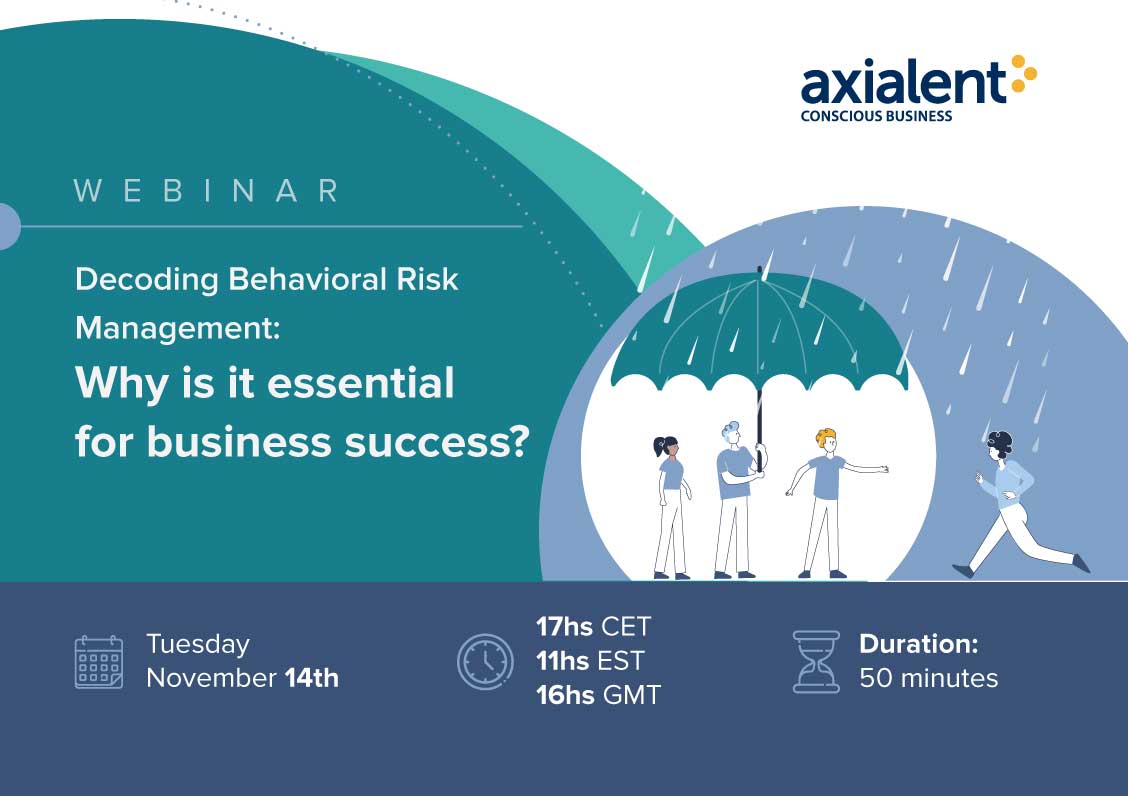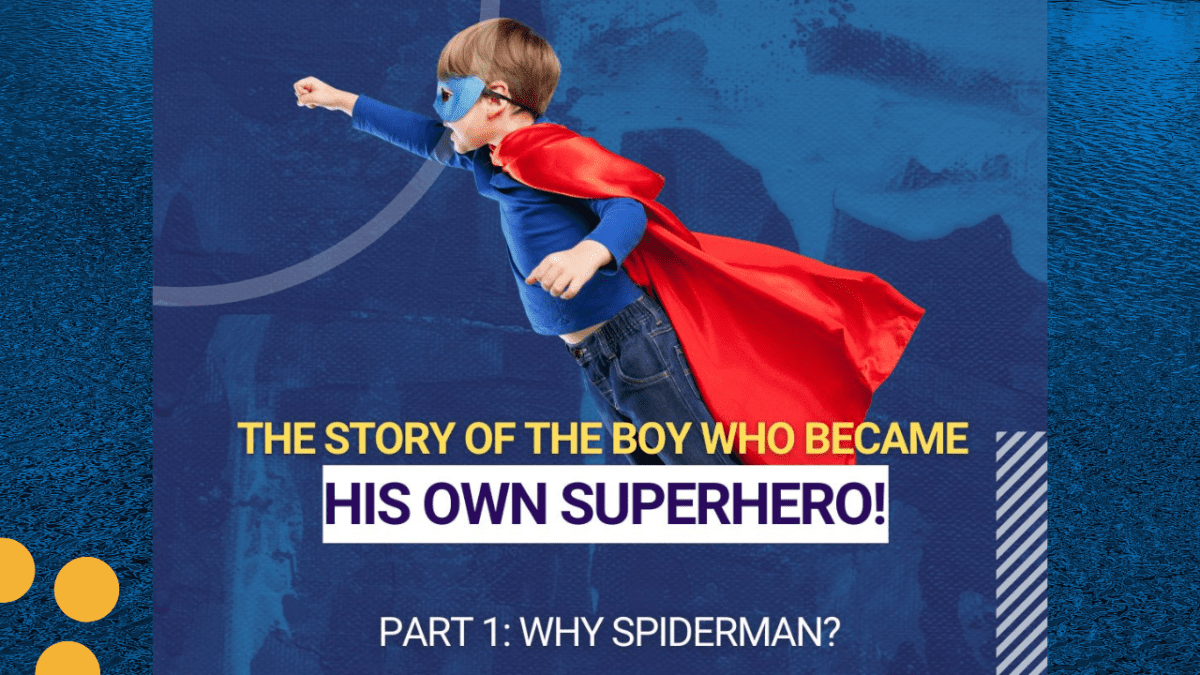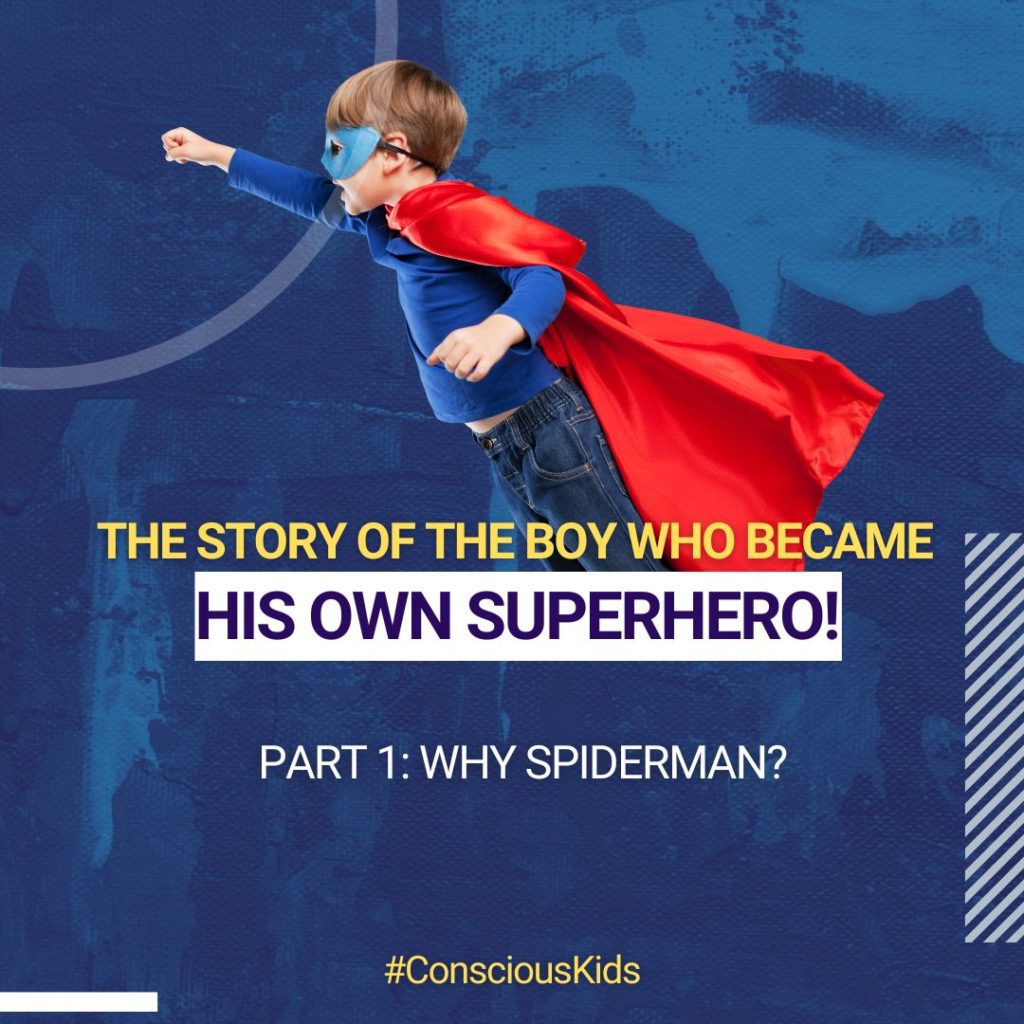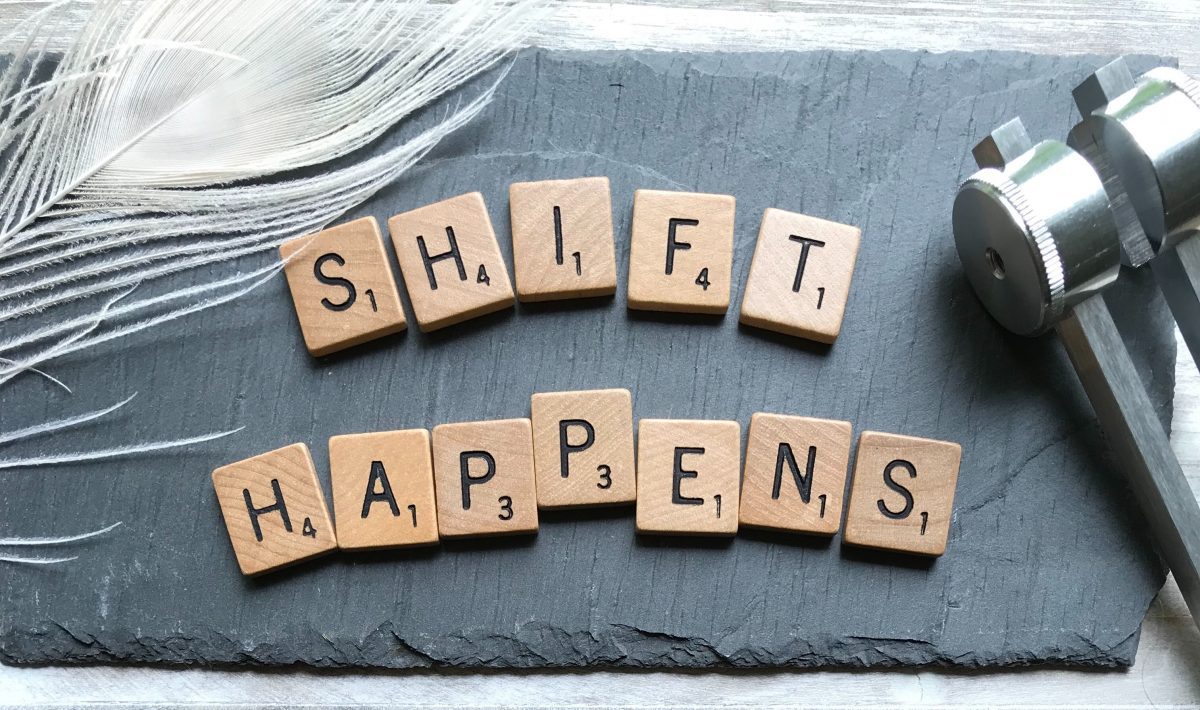In a rapidly evolving business environment, characterized by constant changes and growth challenges, corporate culture emerges as a crucial pillar for the survival and prosperity of organizations. This global phenomenon not only affects large corporations but also startups and medium-sized enterprises. This article explores the nature of corporate culture, its economic impact, and its influence on business performance, offering a comprehensive perspective on its role in the modern era.
Corporate culture transcends a set of written values; it represents the soul of the company. It is the complex fabric of beliefs, behaviors, symbols, and systems that dictate how employees interact and make decisions. It is essential for navigating a disruptive business world, where only 23% of executives acknowledge that they can effectively manage cultural changes to align them with the business. Symbols in the form of rituals and myths, observable behaviors, and underlying systems define the unique character of each organization. This intangible yet powerful component is what drives companies to overcome obstacles and achieve their strategic goals.
To illustrate the economic impact of corporate culture with concrete data, we can consider, according to a survey by the Korn Ferry Institute, that between 30% and 50% of an organization’s market value can be directly attributed to its culture. This shows us that culture is not only a key strategic differentiator but also a considerable and compelling economic asset.
Furthermore, a recent study has revealed the power of a single cultural attribute, such as recognition, in the economic performance of a company. If the number of employees perceiving recognition as an essential attribute of their work environment were doubled:
- a 9% improvement in productivity,
- a 22% decrease in safety incidents,
- and a 22% reduction in absenteeism would be observed.
This translates to $92 million in productivity gains and millions more in savings due to decreased incidents and unscheduled absences.
Other studies also emphasize that companies prioritizing culture and investment in their employees can grow sales and margins up to twice as much as those that do not.
The economic influence of a strong corporate culture is undeniable. Another comprehensive study has shown that companies with strong cultures aligned with their strategy have significantly better financial performance.
A longitudinal analysis of 25 companies over 11 years revealed that organizations with adaptive and aligned cultures experienced a 682% increase in revenue, compared to a 166% increase in companies without such alignment. Additionally, in the realm of mergers and acquisitions, an aligned culture is a critical factor for success, with executives willing to abandon deals if the culture is incompatible or reduce the purchase value by up to 30%.
These data underscore the power of culture as a driver of growth and sustainability. Likewise, a strong culture positively impacts employee retention and satisfaction, customer loyalty, and the innovative capacity of the company, creating an ecosystem where all aspects of the business nurture and strengthen each other.
- A well-defined and executed corporate culture becomes a key strategic differentiator. In the current competitive landscape, where the pace of change is staggering, a culture that supports and embraces this change is vital. This is a key aspect that companies should not overlook if they seek not only to survive but also to thrive in the modern business landscape.
- Effective culture management can and should be a strategic initiative to generate more economic value and ensure a prosperous future.
- Companies that prioritize a culture of innovation and adaptability tend to outperform their competitors in terms of agility and ability to respond to market changes.
Additionally, culture directly affects operational efficiency, decision-making, and strategy implementation. A culture that supports and embraces change is vital. Culture thus becomes the central axis for strategy execution, the development of new products, and expansion into new markets.
It is more than a strategic component; it is the heart that drives success in a competitive and disruptive world. With economic importance clearly established and tangible impacts on business performance, it becomes evident that deliberate actions to foster a strong culture are essential.
The remaining questions are: Is your organization prepared to transform its culture and move towards a prosperous future? And in addition to this, it is worth questioning how much economic value we are leaving on the table by not strengthening the culture to achieve unbeatable results.



 The sea was calm when Ulysses and his sailors approached the island of the Sirens. All men had plugged their ears with wax to avoid hearing the deadly song of the Sirens. Only Ulysses dared to confront the danger and kept his ears open. However, he made sure that he would not be swallowed by the song of the Sirens by asking his men to bind him to the mast and not let him loose under any circumstance.
The sea was calm when Ulysses and his sailors approached the island of the Sirens. All men had plugged their ears with wax to avoid hearing the deadly song of the Sirens. Only Ulysses dared to confront the danger and kept his ears open. However, he made sure that he would not be swallowed by the song of the Sirens by asking his men to bind him to the mast and not let him loose under any circumstance.


 – I answered, even more excited.
– I answered, even more excited. – I said, laughing out loud.
– I said, laughing out loud.








